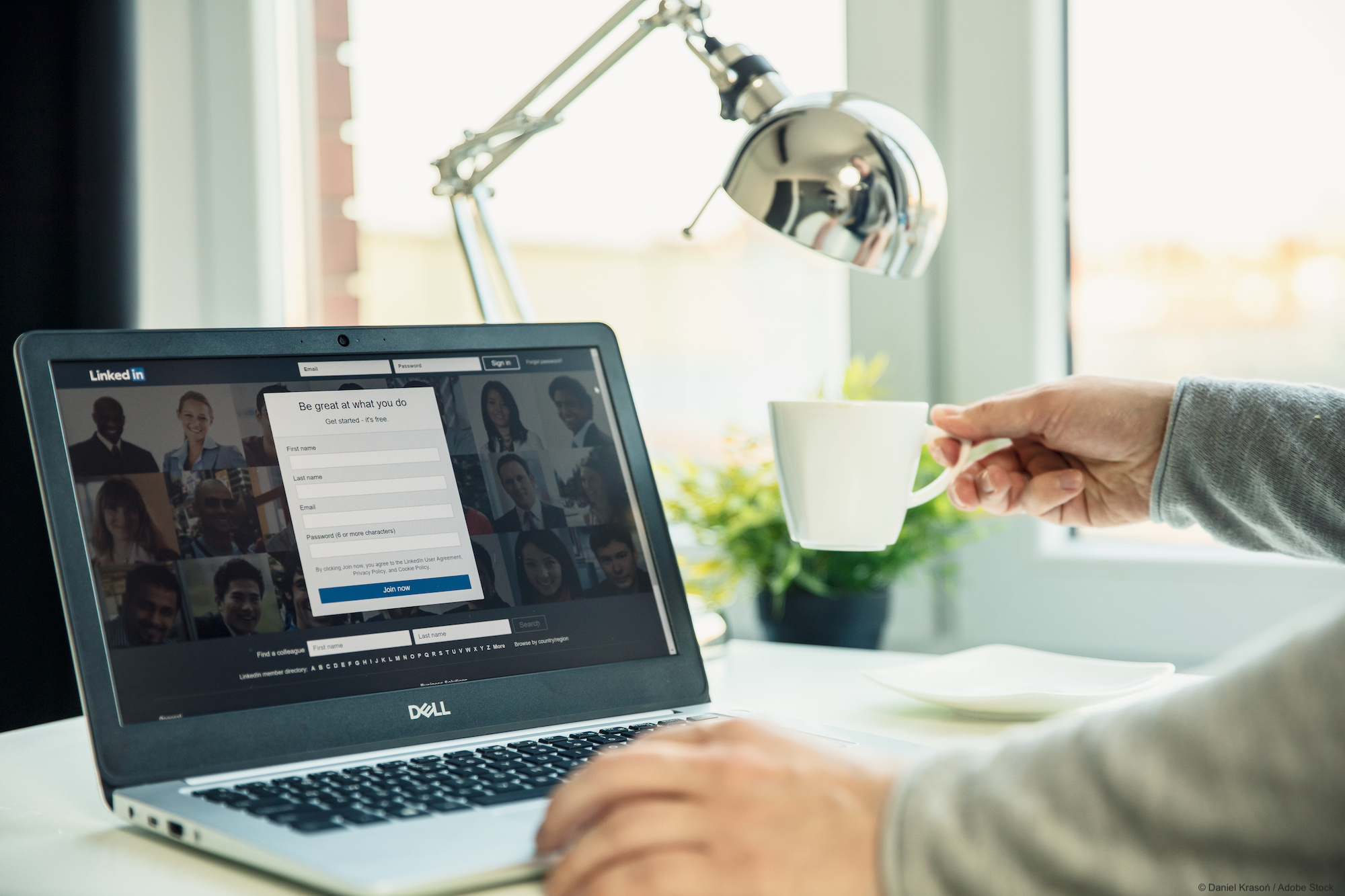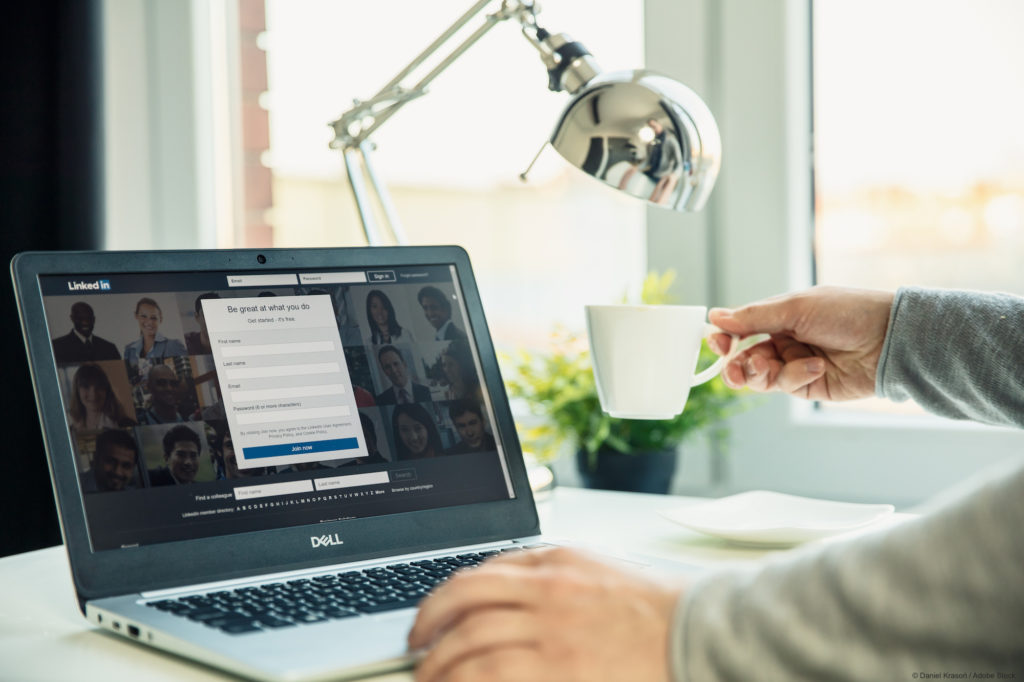 If you’re a business executive—or a part of any kind of business—having a LinkedIn profile is basically a requirement, and it should be. The social platform dedicated to business networking now has 630 million members, including 90 million senior-level influencers and 63 million decision-makers. To attest to the platform’s importance, studies show that 80 percent of B2B leads now come from LinkedIn.
If you’re a business executive—or a part of any kind of business—having a LinkedIn profile is basically a requirement, and it should be. The social platform dedicated to business networking now has 630 million members, including 90 million senior-level influencers and 63 million decision-makers. To attest to the platform’s importance, studies show that 80 percent of B2B leads now come from LinkedIn.
While it’s vital for your business to have its own LinkedIn profile, you should have one too, especially since the platform is all about making human connections. That being said, are you getting the most out of your LinkedIn profile?
Here are five ways to maximize your LinkedIn presence, build your network, and start establishing relationships:
1. Make sure your profile is optimized. Your photo is the first thing people see when you come up in a search or they visit your profile, so a professional headshot, or at least a photo that’s of good quality and focuses on your face, is recommended. The headline (that 120-character max description directly under your photo) is equally important, so use it well since it follows you around the platform. For instance, let’s say your headline simply says “director of marketing at Acme.” If your company isn’t a household name, that doesn’t tell much about you. But if it says “director of marketing at Acme, provider of IT security for SMBs,” others will have more context about who you are and why they might want to connect with you. Similarly, be thoughtful in regard to the “about” section. You’ll want it to showcase your strengths, experience, and personality.
2. Grow your network methodically. If you haven’t already, start building your network based on who it makes most sense for you to connect with. First, connect with people you already know, such as current and former colleagues and clients. Then extend invitations to second-degree connections—think of these folks as “friends of friends.” You’ll also want to do searches to find and start making connections with people you have things in common with, such as job title, industry, or university attended. We recently helped one of our clients, a CEO within the life sciences industry, grow his network from 16 people to over 1,000 in this manner. Having a large network helps build credibility, especially when you have connections in common with others.
3. Engage with posts in your newsfeed. While certain LinkedIn groups can be helpful for prospecting, many have become too promotional, reducing engagement. I believe that the best place to engage with others is in the LinkedIn newsfeed. Everyone’s time is limited these days, including yours, so set a goal that’s achievable for you. Spending just 15 minutes a day commenting on others’ posts can pay off in terms of relationship-building.
4. You should be posting regular content, too. Our recommendation is typically two to three posts per week using valuable content that isn’t overly self-promotional. Share a white paper or case study that speaks to prospects’ pain points, as well as external content that shows you keep up with trends in your industry. If you do share external content, always include your own point of view or the reason you’re sharing it as it helps fuel discussion and keeps things personal.
5. Analyze your network and connections regularly. A lot of people don’t know this, but you can download your LinkedIn connections into a spreadsheet. For those of us who have been on the platform for a while and have a large network, I recommend exporting this data a few times a year to really get a look at who you’re connecting with and whether you’re using the right strategy. You may see important connections you didn’t realize you have, or discover that connections you’ve made have changed companies or jobs. Someone you connected with several years ago as a marketing manager may now be in a decision-making role as VP—something important to know. Steps for doing a LinkedIn download can be found here.
There’s a common misperception that LinkedIn is primarily for those either looking for a job or wanting to fill one. And, while they do have a special recruitment component for that, LinkedIn itself is about so much more. It’s a way to identify prospects, build meaningful connections online, and establish yourself as a thought leader. If you’re not using LinkedIn, you could be missing some great opportunities. On average, 46 percent of social media traffic coming to B2B company sites is from LinkedIn.
Interested in enhancing your LinkedIn presence? In partnership with our clients, we’ve helped optimize profiles, grow strategic networks, and develop compelling, high-value content. We’re happy to talk with you about your specific needs.

